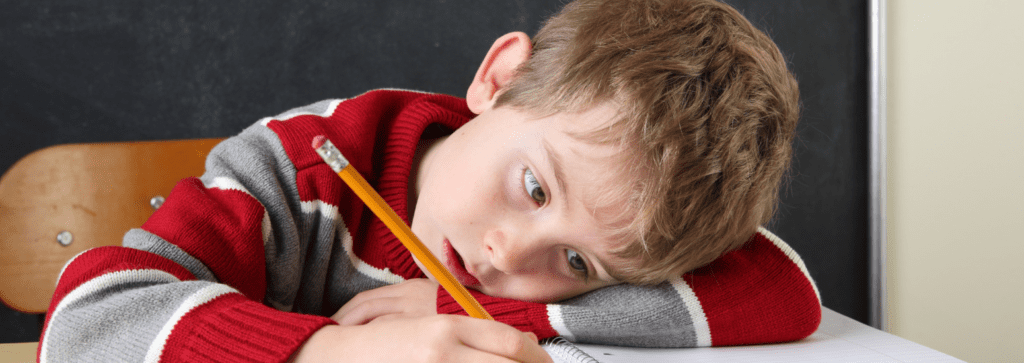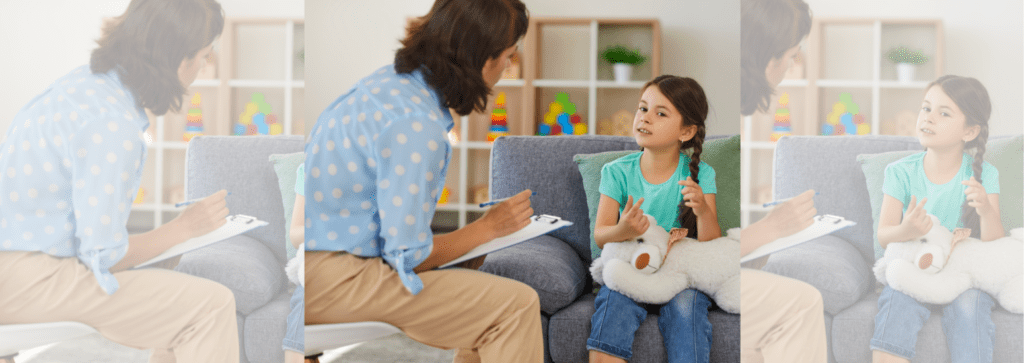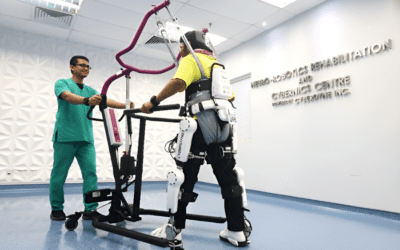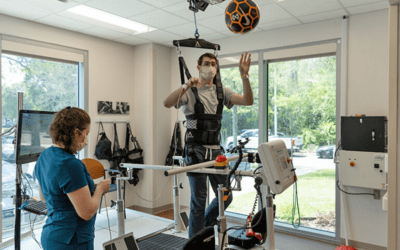What is ADHD?
ADHD, or Attention-Deficit Hyperactivity Disorder, is a neurodevelopmental disorder characterized by persistent patterns of inattention, hyperactivity, and impulsivity. These symptoms can lead to difficulties in various areas of life, including academics, work, and social interactions.
ADHD is typically diagnosed in childhood but can continue into adulthood, affecting daily functioning and quality of life. Treatment often includes behavioral therapies, medication, and the use of supportive tools and strategies to help manage symptoms.
Symptoms of ADHD
ADHD symptoms can be categorized into two main types: inattention and hyperactivity-impulsivity. Here’s a breakdown of each category:

Inattention Symptoms
- Difficulty Sustaining Attention: Trouble focusing on tasks or activities, often leading to unfinished work.
- Careless Mistakes: Frequent errors in schoolwork or other activities due to a lack of attention to detail.
- Difficulty Organizing Tasks: Problems organizing tasks and activities, resulting in missed deadlines or disorganized work.
- Avoidance of Tasks: Reluctance to engage in tasks that require sustained mental effort, such as homework or projects.
- Forgetfulness: Often forgets daily activities, appointments, or obligations.
- Easily Distracted: Frequently distracted by extraneous stimuli or unrelated thoughts.
Hyperactivity-Impulsivity Symptoms
- Fidgeting or Tapping: Inability to stay still, often tapping hands or feet or squirming in the seat.
- Restlessness: Feeling restless and having difficulty remaining seated in situations where it’s expected.
- Excessive Talking: Talking excessively, often interrupting others or dominating conversations.
- Impulsive Decisions: Making hasty decisions without considering the consequences, leading to risky behaviors.
- Difficulty Waiting: Trouble waiting for one’s turn in conversations or activities.
- Interrupting Others: Frequently interrupting or intruding on others, which can strain social relationships.
Diagnosis of ADHD

Diagnosing ADHD typically involves a comprehensive evaluation that includes:
- Clinical Interview: Gathering detailed history from the individual and/or parents about symptoms, behavior patterns, and family history.
- Behavioral Assessment: Using standardized questionnaires and rating scales to evaluate attention, hyperactivity, and impulsivity in various settings (e.g., home, school).
- Observation: Direct observation of behavior in different environments to assess how symptoms manifest in real-life situations.
- Exclusion of Other Conditions: Ensuring symptoms are not better explained by other mental health disorders or medical conditions.
- Criteria Evaluation: Meeting the diagnostic criteria outlined in the DSM-5, which includes symptoms being present for at least six months and causing significant impairment.
A qualified healthcare professional, such as a psychologist or psychiatrist, typically conducts the assessment to ensure an accurate diagnosis and appropriate treatment recommendations.
How Does ADHD Impact Lives?
ADHD (Attention-Deficit Hyperactivity Disorder) can significantly impact various aspects of daily life, including:
1. Academic Challenges
- Difficulty focusing, organizing tasks, and completing assignments can lead to underachievement and frustration in school.
2. Workplace Struggles
- Issues with attention, time management, and impulsivity can affect job performance, relationships with colleagues, and career advancement.
3. Social Interactions
- Individuals may experience difficulties in maintaining friendships, understanding social cues, or controlling impulsive behavior, leading to strained relationships.
4. Emotional Regulation
- Increased risk of anxiety, depression, and low self-esteem due to ongoing challenges and negative feedback from others.
5. Daily Life Management
- Organizing daily tasks, maintaining routines, and managing time can be overwhelming, affecting personal responsibilities and self-care.
6. Family Dynamics
- ADHD can create tension within families due to misunderstandings or differing expectations regarding behavior and responsibilities.
Overall, ADHD can create a complex interplay of challenges that affect an individual’s quality of life and well-being, necessitating comprehensive support and intervention strategies.
The Vital Role of ADHD Rehabilitation Devices in Recovery

Rehabilitation devices, such as wearable technology and interactive apps, can help individuals with ADHD (Attention-Deficit Hyperactivity Disorder) improve focus, organization, and time management skills. These tools provide real-time feedback and structured routines, promoting self-regulation and task completion. By enhancing engagement and accountability, they support effective coping strategies in daily life.
Here’s how they contribute:
1. Enhanced Focus and Attention
- Wearable Devices: Tools like smartwatches can provide reminders and alerts, helping individuals stay on task and manage distractions effectively.
2. Organization and Planning
- Apps and Software: Digital planners and task management apps assist users in organizing tasks, setting deadlines, and prioritizing responsibilities, fostering a sense of control.
3. Behavioral Monitoring
- Feedback Tools: Devices that track behavior and provide real-time feedback can help individuals recognize patterns, promoting self-awareness and self-regulation.
4. Gamification of Learning
- Interactive Learning Tools: Gamified applications can make learning engaging, encouraging participation and improving retention of information through enjoyable activities.
5. Support for Executive Functioning
- Visual and Auditory Cues: Tools that utilize visual timers or auditory reminders can aid in managing time and completing tasks, addressing common executive functioning challenges.
6. Promoting Routine and Structure
- Routine-Tracking Devices: Smart devices that help establish and track daily routines can create consistency, reducing anxiety and improving overall functioning.
By integrating rehabilitation devices into daily life, individuals with Attention Deficit Hyperactivity Disorder can develop effective coping strategies, improve their organizational skills, and enhance their overall quality of life. They aim to raise awareness, provide insights into challenges, and showcase how these devices transform lives.
Rehabilitation devices offer practical solutions that can help mitigate the challenges associated with the disorder, fostering greater independence and improving daily functioning. By promoting self-awareness and providing structured routines, rehabilitation devices empower individuals to navigate their lives more effectively. With continued advancements in technology, these devices hold the potential to further transform ADHD management and recovery.



